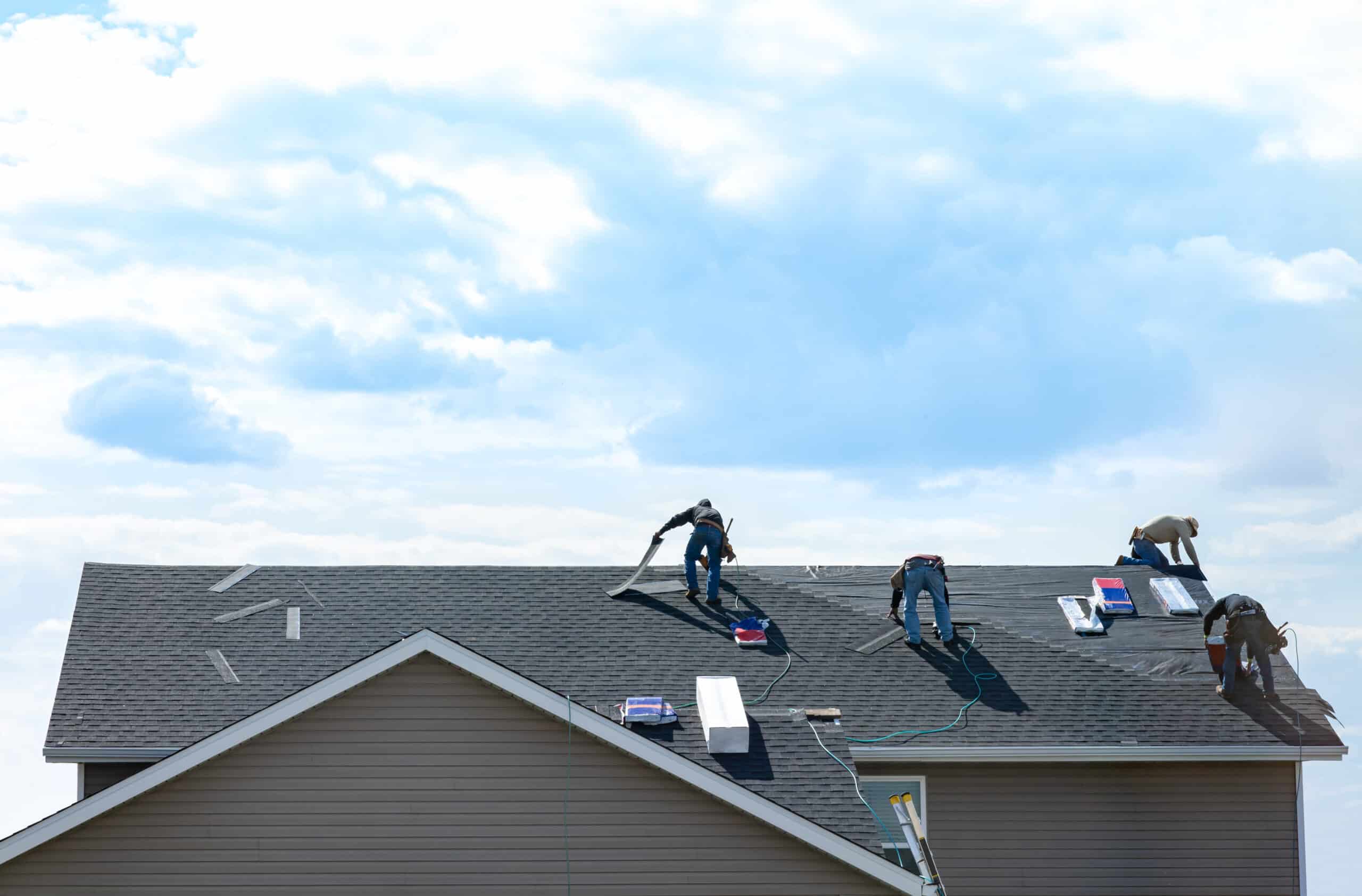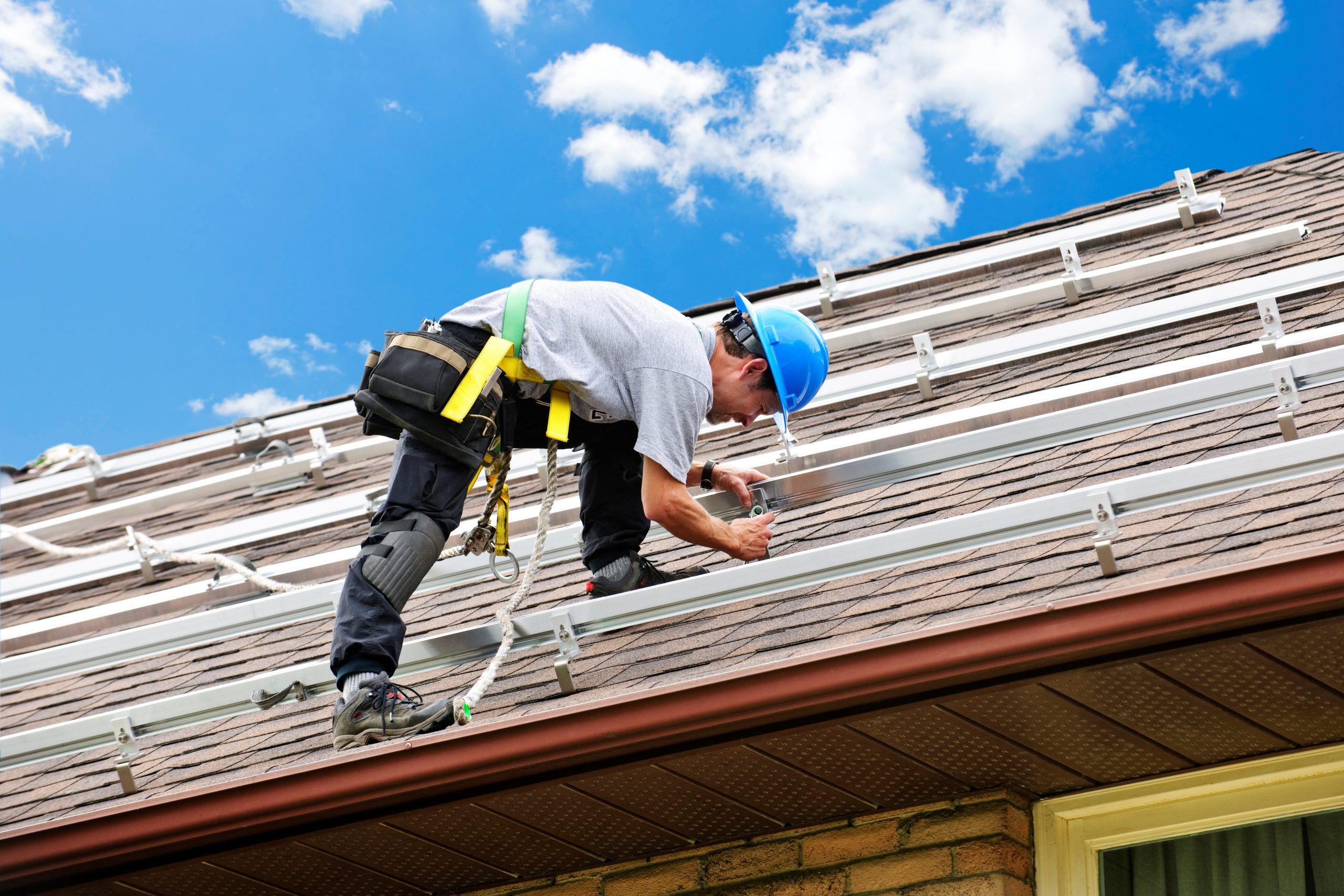Cleveland Roofing Specialists: Top Roofing Solutions for Homes and Businesses
Cleveland Roofing Specialists: Top Roofing Solutions for Homes and Businesses
Blog Article
A Comprehensive Guide to Effective Roof Flat Roof Covering Installment
The intricacies of level roofing system setup need a precise technique, starting with a detailed understanding of numerous level roof covering types and the vital products needed for ideal performance. A successful installment hinges not only on the selection of materials yet additionally on the prep work and implementation of each action involved in the process. As we explore the vital stages from preparation to maintenance, it becomes evident that overlooking also small details can considerably affect the roofing's durability and effectiveness. What certain methods can guarantee a seamless installment that stands up to the examination of time?
Understanding Apartment Roofing System Kind
When taking into consideration flat roofs, it is vital to comprehend the different kinds offered, as each deals distinct benefits and disadvantages customized to particular demands. The most typical kinds of level roofs consist of Built-Up Roof covering (BUR), Customized Bitumen, and Single-Ply membrane layers.
Built-Up Roof contains several layers of asphalt and crushed rock, offering excellent durability and weather condition resistance. It is particularly useful in locations prone to serious climate condition yet may need even more maintenance because of its intricate construction.
Customized Asphalt is a prominent selection for its convenience of installation and versatility. It commonly employs a torch-applied or self-adhesive approach, which can be advantageous for quick repair services and long-lasting efficiency. However, its lifespan can be shorter compared to BUR.
Single-Ply membranes, including Thermoplastic Olefin (TPO) and Ethylene Propylene Diene Monomer (EPDM), are acknowledged for their light-weight nature and energy performance. These products are often chosen for industrial structures due to their cost-effectiveness and simplicity of installation (Cleveland Roofing Specialists). Nevertheless, they might not offer the exact same level of insulation as other choices.
Each roof covering type requires careful consideration based on environment, budget plan, and details task demands.
Essential Materials for Apartment Roof Covering
A selection of necessary products are crucial for the successful installment of level roofing systems. The choice of materials directly impacts durability, performance, and general efficiency.
Among the main materials is the roof covering membrane layer, which can be created from different substances such as thermoplastic polyolefin (TPO), ethylene propylene diene monomer (EPDM), or PVC. Each kind offers distinct advantages, consisting of UV resistance and adaptability, which are crucial for prolonged performance.
In addition to the membrane layer, insulation products play a considerable role in energy effectiveness. Rigid foam boards or polyisocyanurate insulation are preferred options, as they offer excellent thermal resistance and wetness administration.
Furthermore, roof covering adhesives and sealants are essential for making sure a watertight setup. These products need to work with the picked membrane layer to avoid deterioration in time.
Planning For Installation
Proper preparation is vital for a successful level roofing system installment, as it lays the groundwork for a effective and long lasting roof system. Begin by performing a thorough assessment of the existing roof framework. Seek indications of damage, including leakages, rot, or inadequate drain, which can compromise the brand-new roofing system. Make sure that the hidden materials are audio and can sustain the weight of the new roof covering components.
Following, collect all necessary tools and products, making certain that they meet industry requirements. This consists of waterproof membranes, insulation, blinking, and bolts. Acquaint on your own with the manufacturer's specs, as adherence to these standards is critical for warranty purposes.
Additionally, make sure that the work area is clear important link of debris and obstructions to facilitate reliable and secure installment. Take into consideration weather conditions; avoid setup during heavy rainfall or severe temperature levels, which can impact product efficiency. Last but not least, inform any residents of the building about the approaching job to ensure safety and minimize disruptions. By taking these primary steps, you can enhance the likelihood of a successful flat roof installment that fulfills both structural and visual requirements.
Step-by-Step Setup Refine
With the foundation developed with extensive preparation, the following phase involves carrying out the flat helpful site roof installment systematically. Begin by ensuring that the architectural deck is clean and free from particles. Next, install a vapor obstacle to avoid moisture build-up underneath the roofing product. This step is crucial for keeping the roof's stability in time.
Complying with the vapor obstacle installation, put down insulation boards, guaranteeing they fit tightly with each other to lessen thermal connecting. Secure the insulation with proper bolts based on the roofing kind and regional building ordinance. Once the insulation is in area, it's time to use the roof covering membrane layer. Relying on the chosen material-- such as TPO, EPDM, or customized asphalts-- mount the membrane layer according to the producer's specs.
Guarantee proper overlap at sides and joints to produce a water tight seal. Utilize adhesives, mechanical fasteners, or heat welding as needed. Lastly, set up blinking around borders, vents, and any roof infiltrations to enhance waterproofing. After installation, carry out a complete examination to recognize any kind of possible problems prior to wrapping up the job, guaranteeing a dependable and robust flat roof system.
Upkeep Tips for Longevity
Regular upkeep is necessary to make certain the long life and efficiency of a level roof. Among the primary jobs is to perform regular evaluations a minimum of two times a year, ideally in springtime and loss. Throughout these evaluations, look for indications of wear, such as sores, fractures, or pooling water, which can show underlying concerns.

Making certain appropriate drain is critical to avoid water accumulation. Examine and clear seamless gutters, downspouts, and scuppers to assure unobstructed water flow. In addition, examine seals around vents, skylights, and other infiltrations i thought about this for any indications of damage, using caulk or sealer as required to keep a watertight obstacle.
Finally, consider professional maintenance solutions every few years for comprehensive inspections and repair services. By sticking to these upkeep ideas, you can dramatically extend the life of your flat roof covering, ensuring it stays a reputable shield against the components.
Conclusion
Effective flat roofing installation demands a systematic technique encompassing extensive examinations, material option, and careful prep work. Adhering to the described actions throughout the setup procedure makes certain the correct application of roofing membranes and insulation while improving waterproofing via effective blinking setup.
The details of flat roofing system installation need a precise approach, beginning with a thorough understanding of numerous flat roof covering kinds and the necessary materials needed for ideal efficiency.Proper prep work is important for an effective flat roofing system setup, as it lays the foundation for a effective and durable roof covering system. After installment, perform a detailed evaluation to recognize any prospective concerns before wrapping up the task, ensuring a dependable and durable flat roofing system.

Report this page